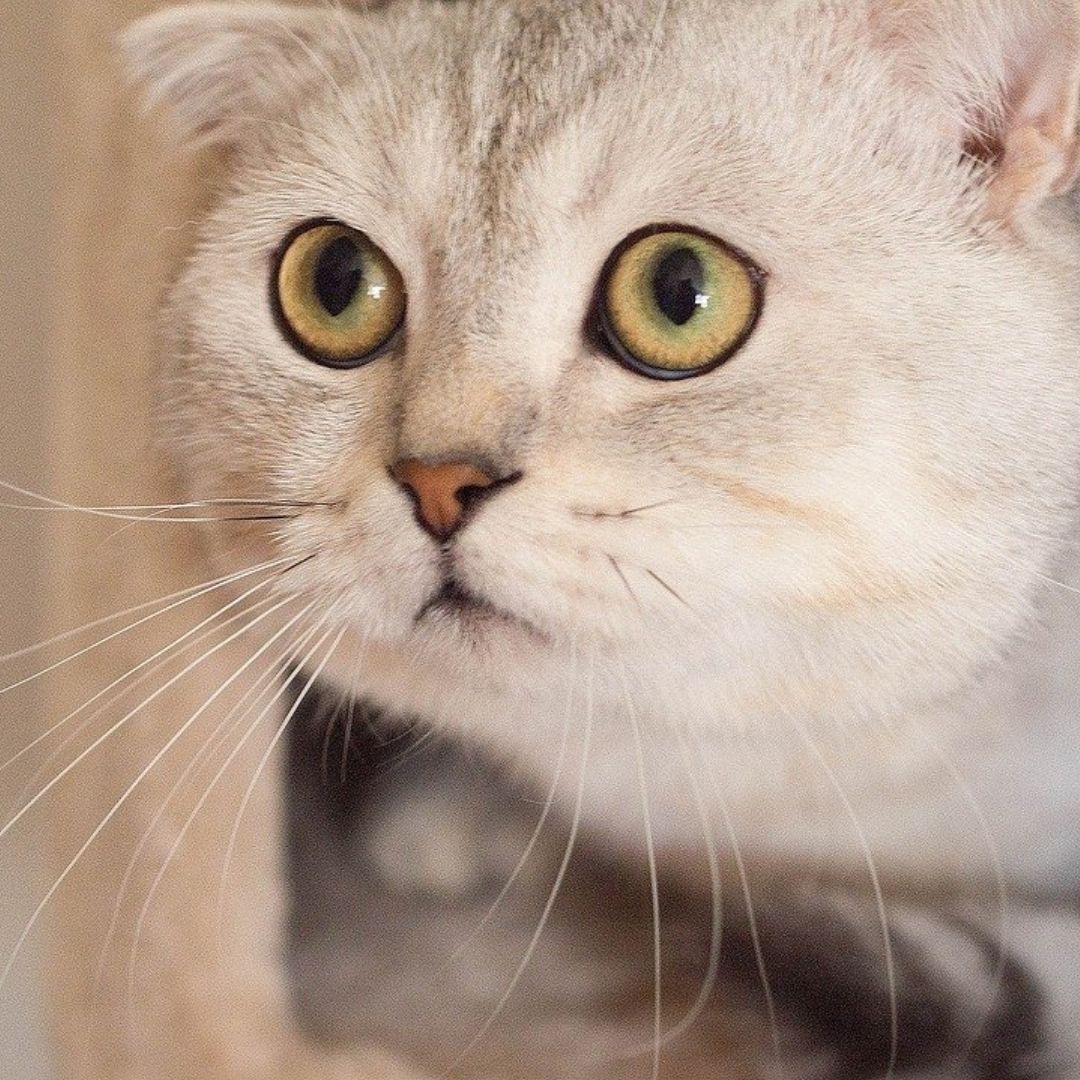
6 cat breeds believed to the oldest yet in existence!
Share
Just read somewhere about cats -
In its flawless grace and superior self-sufficiency, there is a symbol of perfect beauty as well as the bland impersonality of the universe itself. This symbol is objectively considered with its air of silent mystery there resides for the humans all the wonder along with the fascination of the unknown – it is a cat.
Let us go down the hiss-tory as far back as around 12000 years ago. Cats were a part of human history such an ancient time. Humans revered cats as symbols of ancient Egyptian Gods. Then came the Middle Ages, where the cats were linked to being witches and symbolic to witchcraft. And now cats are dominating the world of the Internet with all kinds of funny and adorable videos. So, cats have brought us joy all along with our human existence. One wonders whether some of the old cats still exist. Let's try to find out.
1. Siamese Cats
Siamese is the oldest domesticated breed of cats. This unique feline seems to be originated in Siam, now known as Thailand. Sketches and writings about the similar-looking cats from Siam were found in manuscripts known as "Tamra Maew," or "Cat Poems "written in around 1350 to 1767 AD.
Though the origin of the Siamese is mysteriously under veils, there is a mention of them in the Thai manuscripts dating back to the 14th century. No one certainly knows where to have the Siamese cats come initially, but some people do believe that were connected and bred in Thai Royalty and were also associated with Buddhist monks who believed them to be the receiver of the souls and thus were pampered by priest and monks.

Read more about whether Siamese cats get along with dogs >>>
2. Chartreux Cats
A surprisingly old breed, the Chartreux cat, also known as the grey cat, has its origin as far back as 1558 in an epitaph by the poet Joachim de Bellay. Bellay has described the cats as a Bellaud or a 'death to rats', which is certainly true for the breed then and today. The name Chartreux for these blue-grey cats finds its reference in the Universal Dictionary of Commerce published in 1723 in France as a mention regarding the cat's association with the fur trade. The French naturalist George-Louis Leclerc, Comte de Buffon, described the Chartreux cats as the 'cats of France.' Some people still believe merchants or Crusaders brought the Chartreux cat to France. They also believe that the breed was continued to be kept by the Carthusian monks at the Grande Chartreuse Monastery located in south-eastern France. A 1747 painting depicts Chartreux cat breed as a pet, which was quite rare for that period. Chartreux's are still held in high acclaim by the farmers for their excellent hunting skills.

3. Turkish Angora Cats
You need in Turkey seem to originate in Turkey the Turkish Angora are a natural breed of cats which have a mention in the documents as early as the 1600s. The longhaired Turkish Angora cats are not a source of the angora sweaters though their fur is just as soft and beautiful as the sweaters. This actual breed has taken its name from the city of Ankara in Turkey, which was earlier known as Angora. The Turkish Angora cats are initially from the mountainous regions of Turkey. Therefore it has a soft medium-length coat of fur for its protection from harsh weather conditions. Some people speculate that this soft feline is a descendant of the small Manul cat, which was domesticated by the Tartars living in Russia. There is also a theory that Vikings brought this breed to Turkey more than 1000 years ago as they were the first longhaired cats to arrive in Europe.

4. Egyptian Mau
Egyptians are the lovers and well-known worshippers of cats. In Egyptian "Mau," it means a "cat." There is a mention of this spotted tabby cat in the Egyptian' Book of the dead' where it is said that 'RA'- the God of the Sun is represented as the spotted baby cat. The cat is rendered to be slaying the serpent Apep in Egyptian art. Being the most ancient cat breed of all this Egyptian Mau has its ancestors mummified along with the Pharaohs in their tombs. Also, there are shreds of evidence of papyri and frescoes dating back to 1550 BC showing the spotted cats similar to today's modern version of the Egyptian Mau.
5. Norwegian Forest Cat
The official Cat of Norway is none other than the Norwegian forest cat. They're affectionately called a 'Wegie' for short. The history of the Norwegian forest cat can be traced back to Norse lore. Also, it bears a striking resemblance to the Main Coon Cat. It is believed that the ancestors of this cat were the Southern European Short-haired cats that migrated to Norway in prehistoric times sometime around 1000 AD. This migration had taken place due to their natural selection and adaptability towards the harsh Norwegian winters. The ancestors of the Wegie or the Norwegian forest cat were the household pets of Norwegian Vikings who loved carrying them on their crusades and fondly known as the Viking Cats.

6. Japanese Bobtail
The origin of the Japanese bobtail is a mystery. Now interestingly, there are many theories regarding its origin, and let's have a look at them one by one. According to one theory, the Japanese bobtail is an Asian breed that belonged to the Buddhist monks as early as the 1600s, during which the rodents had penetrated the silkworm barns, which threatened the country's lucrative trade of silk. The cats were set loose on these rodents. It thus became a famous Japanese street cat.
Another theory that mentions this cat was found in other Asian countries like China or Korea is brought to Japan by the Buddhist monks. One more theory mentions that the first bobtail cats were gifted to the emperor of Japan by the emperor of China and that they have been known in the island nation for at least 1000 years. Also, their short tales were a naturally occurring phenomenon through selective breeding.
Yet another theory says that there is an early mention of the breed in 'Kaempfer's Japan', a book written by Engelbert Kaempfer, a German doctor. In it, Kaempfer writes that 'There is only a single breed of cat kept by people here. It has big patches of yellow, black and white for, and its short tail looks like it has been bent and broken'. Additionally, many artworks have also been created over the centuries, including the 15th-century painting depicting a short-tailed up cat.
Cat Blogs: Cat Behavior | Cat Food | Cat Health & Care | Cat Training | Cat Breeds | Cat Lifestyle | Cat People
Visit our blogs page for more fun cat topics and cat products visit www.catcurio.com
Follow CatCurio: Instagram I Facebook I Twitter I YouTube I Tumblr I Pinterest
